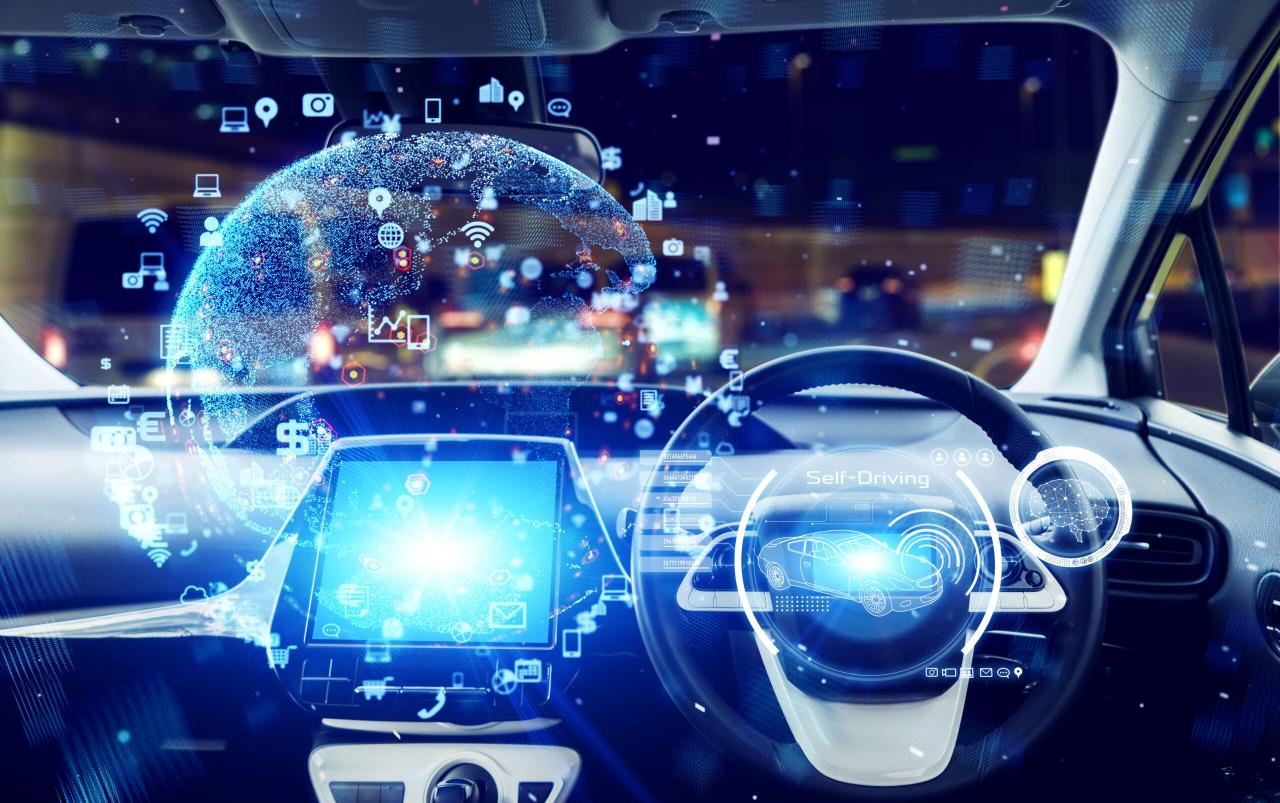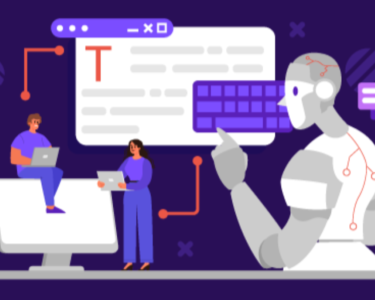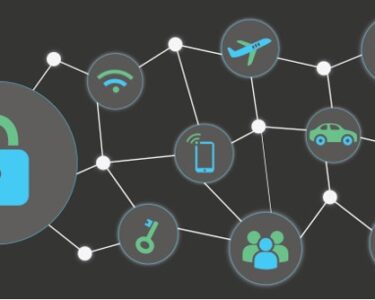
AI in Transportation: Revolutionizing Mobility
Introduction
Artificial intelligence (AI) is rapidly transforming various industries, and transportation is no exception. From autonomous vehicles to smart traffic management systems, AI is driving significant advancements in the way we move people and goods.
Autonomous Vehicles
Self-driving cars are one of the most visible applications of AI in transportation. These vehicles rely on sensors, cameras, and AI algorithms to navigate roads, detect obstacles, and make driving decisions. While autonomous vehicles are still in their early stages of development, they have the potential to improve safety, reduce traffic, and enhance accessibility for people with disabilities.
Traffic Optimization
AI-powered traffic management systems can analyze real-time traffic data to identify congestion and improve flow. By optimizing traffic signals and coordinating traffic patterns, AI can reduce travel times, save fuel, and minimize pollution.
Fleet Management
AI is used to optimize fleet operations for businesses such as trucking companies and ride-sharing services. AI algorithms can track vehicle locations, monitor driver behavior, and predict maintenance needs. This data can improve dispatch efficiency, reduce operating costs, and increase vehicle utilization.
Logistics and Supply Chain
AI plays a crucial role in logistics and supply chain management. By analyzing data on inventory levels, delivery routes, and customer demand, AI can optimize shipping operations, reduce delays, and minimize costs.
Public Transit
AI can improve public transit systems by optimizing schedules, predicting delays, and providing real-time information to riders. AI-powered mobile apps and smart ticketing systems enhance the user experience and make public transit more convenient and accessible.
Safety and Security
AI enhances safety in transportation by analyzing data on crashes, identifying hazardous conditions, and improving driver assistance systems. AI can also be used to monitor vehicle and infrastructure security, detecting anomalies and preventing malicious attacks.
Challenges and Opportunities
While AI offers numerous benefits, there are also challenges to address:
- Data Privacy: AI systems collect and process large amounts of data, raising concerns about privacy and data security.
- Ethical Considerations: The use of AI in autonomous vehicles raises ethical questions about liability in the event of accidents.
- Job Displacement: As AI takes over certain tasks in transportation, it may lead to job displacement and require new job creation.
Despite these challenges, AI in transportation presents vast opportunities for:
- Improved Safety and Efficiency: AI can significantly reduce accidents and optimize transportation operations, saving lives and resources.
- Reduced Emissions: By optimizing traffic flow and promoting electric vehicles, AI can contribute to a more sustainable transportation system.
- Enhanced Accessibility: AI can make transportation more accessible for people with disabilities, the elderly, and those living in remote areas.
- Economic Growth: The development and deployment of AI in transportation can create new industries and jobs.
Conclusion
AI is revolutionizing the transportation sector, bringing about significant advancements in safety, efficiency, accessibility, and sustainability. By addressing the challenges and leveraging the opportunities, we can harness the full potential of AI to transform the way we move people and goods.


